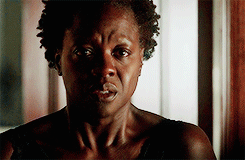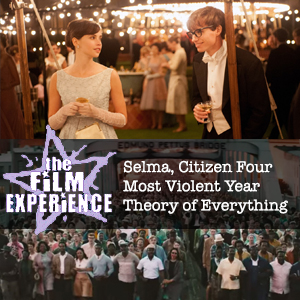174 Days Until Oscar Nominations... Here Comes Festival Season!
 Friday, July 24, 2015 at 3:31PM
Friday, July 24, 2015 at 3:31PM Are you ready? My body is rehdd-deee.
As per usual I'll be reporting from the Toronto International Film Festival (Sept 10th-20th). The films are not yet announced but here's a golden tease for you podcast fans: for the first time in recorded human history, Nick Davis, Joe Reid, Katey Rich andd Nathaniel R (c'est moi) will all be attending the same festival. We're quite excited about it even though our paths surely won't cross too often given the sheer volume of things that go on at that festival.

Team Experience will also be out in force again at the New York International Film Festival (Sept 26th-Oct 12th). Opening Night film: Robert Zemeckis & Joseph Gordon Levitt's feature version of the Oscar winning tale of Philippe Petit (Man on Wire); Closing Night film: Don Cheadle's directorial debut (he also stars) Miles Ahead about the lfe of musician Miles Davis. Nathaniel and hopefully our Los Angeles divas (Anne Marie & Margaret) will hit the AFI Festival (November 5th-12th) in Los Angeles again, if all goes well.
We have no plans (aka funds) currently for Telluride (Sept 4th-7th), Venice (Sept 2nd-12th) Opening Night film is the all star mountain climbing thriller Everest, San Sebastian (Sept 18th-26th) , Fantastic Fest (Sept 24th-Oct 1st), Reykjavik (Sept 24th-Oct 4th) at which David Cronenberg will be the guest of honour!, Zurich (Sept 24th-Oct 4th), or London (October 7th-18th) where Suffragette will do Opening Night honors, but you never know. Perhaps TFE will finally win a millionaire patron, finally convince hundreds of you to join our tiny circle of patrons that contribute $2.50 a month (a cup of fancy coffee - come on) to help fund us, discover the secret to cloning so we can be everywhere at once, and/or find contributors in each city.
What are you excited about for the fall prestige season?
Sometimes it's mere existence can be enough after weak summer popcorn seasons.
 AFI,
AFI,  NYFF,
NYFF,  Oscars (15),
Oscars (15),  TIFF,
TIFF,  The Walk,
The Walk,  film festivals
film festivals 








